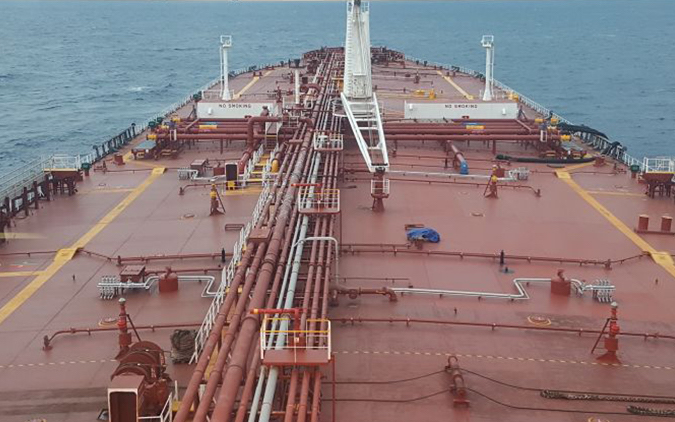What are we waiting for?

The sulphur cap might not be the silver lining many in the tanker sector are hoping for, argues BIMCO’s Peter Sand.
In the tanker shipping industry, particularly the oil product tanker sector, and amongst sell-side investment bankers, we are only waiting for an IMO 2020 best case scenario to play out. As is if there are no alternative scenarios. The best case being where the transportation demand will grow steeply as clean cargoes of compliant fuel are distributed, while the entire fleet is slow steaming and capable of passing on all the extra fuel costs to clients.
Alternative scenarios would consider heavy sulphur fuel oil trading long range tankers being cleansed for trading in MGO and low sulphur fuel oil clean oil without impacting anything in the market. This is in addition to the current overcapacity in the market and effects that may inflict on the shipping industry’s ability to recoup the higher bunker costs from costumers.
IMO 2020 is a risk that everyone needs to handle carefully in terms of cost, reputation and technical issues. Some have dealt with these issues bt buying a scrubber, some have already gained experience from running their engine on MGO inside existing ECAs, but everyone is aware of a potentially ‘revoked licence to trade’, if they do not comply to the regulation.
In the meantime,we should soon be seeing some well-maintained refineries getting back online to deliver higher global refinery throughput. First, west of Suez, and secondly east of Suez.
Following the dip in February and March, US refineries are only slowly increasing their input of crude oil. By the first week of May, inputs stood at a three-year low (16.4m barrels per day). They are clearly behind when comparing to a normal season. Reading this while wearing my ‘optimistic spectacles’, it bodes well for a stronger second half in the making, while reading it while wearing my ‘pessimistic spectacles’ it seems that they are in no hurry to increase output due to weak export demand. US refined oil product exports grew by just 1.4% in January-February. During the same two months of 2018, exports grew by 4.3%.
Putting this into perspective data from Eurostat shows that in the first three quarters of 2018, 91.6% of EU imports of US refined oil products were imported by six countries: the Netherlands, Belgium, France, United Kingdom, Spain and Italy. Imports to these six countries amounted to 9.5m tonnes, with the rest of the EU taking 0.9m tonnes.
Of the six largest EU importers, two are in southern Europe, with imports going in through the Mediterranean, three are centred around the North Sea, with imports to France coming in from both north and south. Imports into southern Europe rose by 69.9% in the first three quarters of 2018 compared to the same period in 2017, while in the same periods, imports into northern Europe fell by 21.2%. However, imports into northern Europe remain higher than those by the south: 6m tonnes compared to 3.5m tonnes respectively.
It’s never a shipping story without China being included however. In 2018, China exceeded OECD Europe in terms of refinery throughput for the first time. While China seems ever rising, OECD Europe has been stable at 12m barrels a day since 2015.
This article first appeared in Maritime CEO magazine. Splash readers can access the full magazine for free online by clicking here.
